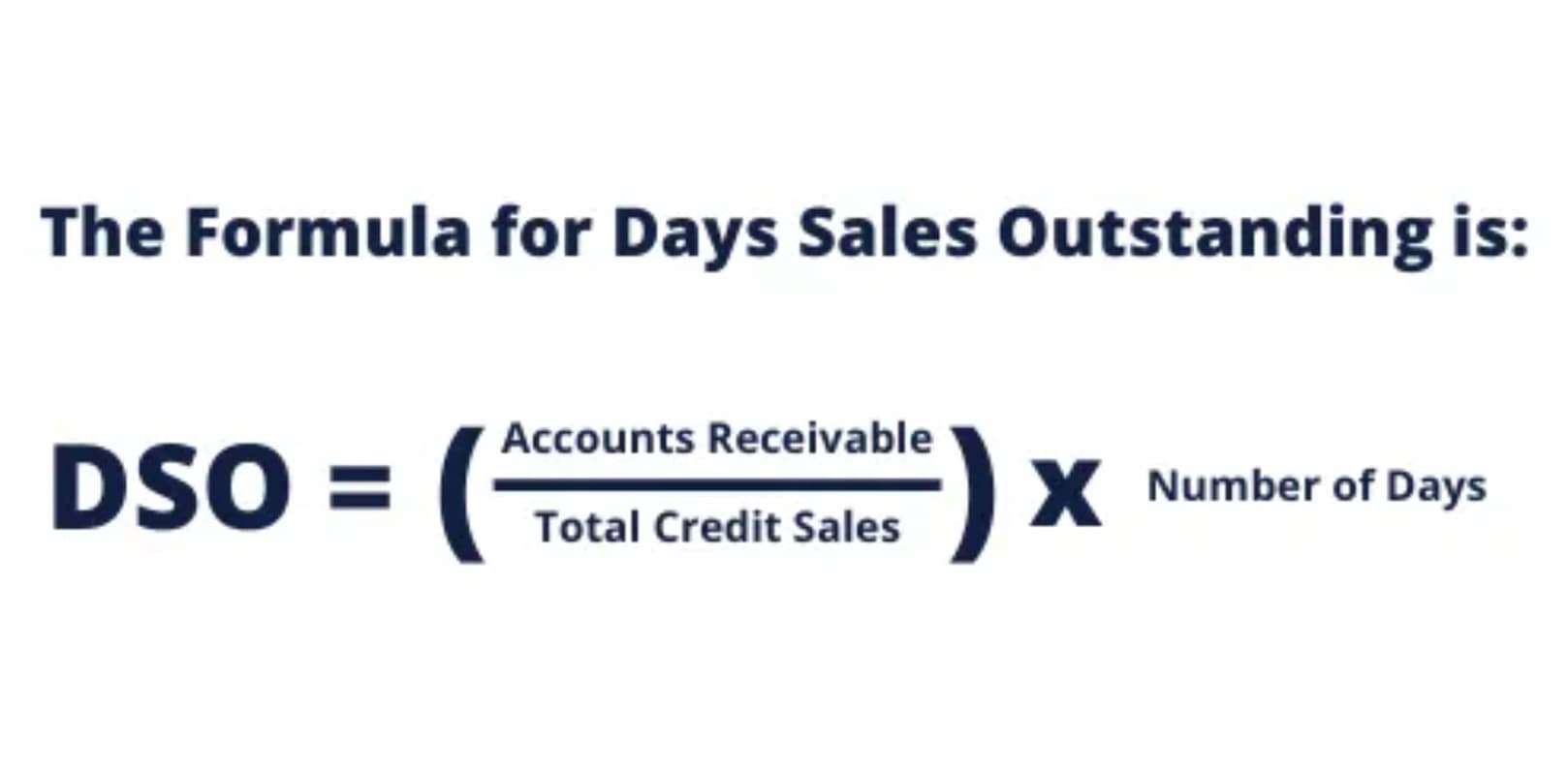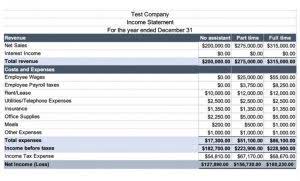
Our goal is to deliver the most understandable and comprehensive explanations of financial topics using simple writing complemented by helpful graphics and animation videos. Finance Strategists has an advertising relationship with some of the companies included on this website. We may earn a commission when you click on a link or make a purchase through the links on our site. All of our content is based on objective analysis, and the opinions are our own. There is no specific formula, the calculation needs to be done by hand or with a computer program.

What is your current financial priority?

Given continuously changing stock prices, the investor will calculate a weighted average of the share price https://www.facebook.com/BooksTimeInc/ paid for the shares. Shares outstanding and weighted average shares are both numbers that can help an investor understand how well a company performs over time. Investors often track changes in outstanding shares as part of their broader analysis when making investment decisions. Understanding the dynamics of outstanding shares is integral to comprehending a company’s financial health and market position.
Outstanding shares: meaning and types
- And so in theory (and often in practice), highly-shorted stocks with a low float present ripe conditions for a so-called “short squeeze”.
- To calculate the weighted average of outstanding shares, multiply the number of outstanding shares per period by the proportion of the total time covered by each period.
- The number of shares outstanding increases whenever a company undertakes a stock split.
- Companies with big news that affects their number of shares outstanding, such as stock splits, announce the events in press releases that are reported by the business media.
- Consequently, the generally accepted accounting principles (GAAP) require the use of an average number of shares outstanding as the starting point for all denominators.
But usually you will need to pull several numbers from the balance sheet in order to calculate the total outstanding shares formula. It is worth noting that some companies may choose to list the number of common stock or shares outstanding. And if there is no treasury stock, the number of issued shares will be equal to the number of common stock outstanding. A company’s outstanding shares may be less than or equal to issued shares.
- In that case, you would divide the number of months in each change in outstanding shares by the total months to arrive at the percentages in column D above.
- Once you know how to calculate the outstanding shares, you can use this number to calculate a number of valuation metrics, or measures of a company’s performance and future earnings potential.
- Let us look at some of the differences between common stock and preferred stock.
- If that event occurs on, say, December 15th of the year, it can distort the company’s apparent number of shares outstanding for the year.
Create a Free Account and Ask Any Financial Question

In addition, most public companies don’t need to issue more shares, at least in the number required to bump up against the authorized maximum. Understanding how to calculate outstanding shares for a public company would appear to be a simple matter. There are a few reasons a company’s total common shares outstanding could change. The figure for number of outstanding shares does not include any treasury stock. Investors may choose to use weighted averages if they have compiled a position in a particular stock over a period.
The chart below shows how each is calculated using outstanding shares. Diluted shares include the effect of contracts or products the company has issued, which could result in new shares being issued in the future. The basic shares outstanding is the starting point when calculating the diluted shares outstanding. This is calculated as the basic shares outstanding plus any net new shares added as if all dilutive contracts were exercised. Examples of dilutive contracts include stock convertible securities, employee stock options and restricted stock units (RSUs). A stock split occurs when a company increases its shares outstanding without changing its market cap or value.
Basic weighted average shares, on the other hand, represents the above-mentioned weighted average shares outstanding less the dilution of stock options for a specific period. For basic weighted average shares, “basic” essentially means non-dilutive. The number of outstanding shares changes periodically as the company issues new shares or repurchases existing shares, splits its stock or reverse-splits it. One method is for the investor to calculate a weighted average of the share price paid for the shares. The investor would multiply the number of shares acquired at each price by that price and then add those values together. Lastly, divide the total value by the total number of shares purchased to arrive at the weighted average share price.
- The basic shares outstanding is the starting point when calculating the diluted shares outstanding.
- The first of these, unrestricted shares, is also known as “the float.” These are the shares that can be actively traded on the open market.
- In this way, the number of both issued and outstanding shares is reduced.
- It is worth noting that some companies may choose to list the number of common stock or shares outstanding.
- The features of common stock also has some disadvantages as give below.
- It can issue a new round of stock in order to raise money for expansion.

This, in turn, tells you which investors hold the largest numbers of shares, and therefore have the most influence at shareholder meetings. This number is also used to calculate several key financial metrics, so it’s important to understand how to calculate outstanding shares. The profit and loss statements in nearly every corporate earnings press release will include both basic and diluted shares outstanding. Outstanding shares provide insights into a company’s size, ownership structure, and https://www.bookstime.com/ market capitalization.

Shares Outstanding Vs. Float and Free Float Vs. Shares Outstanding
Now that you’re equipped with this foundation of knowledge, all you need to do to figure it out is to go look it up on any company’s balance sheet in their 10-Q or 10-K filing. Let’s say that Helpful Fool Company has repurchased 500 shares in this year’s buyback program. The company now has 5,000 authorized shares, 2,000 issued, 500 in treasury stock, and 1,500 outstanding. The outstanding stock is equal how to calculate common shares outstanding to the issued stock minus the treasury stock. Floating stock is a narrower way of analyzing a company’s stock by shares.